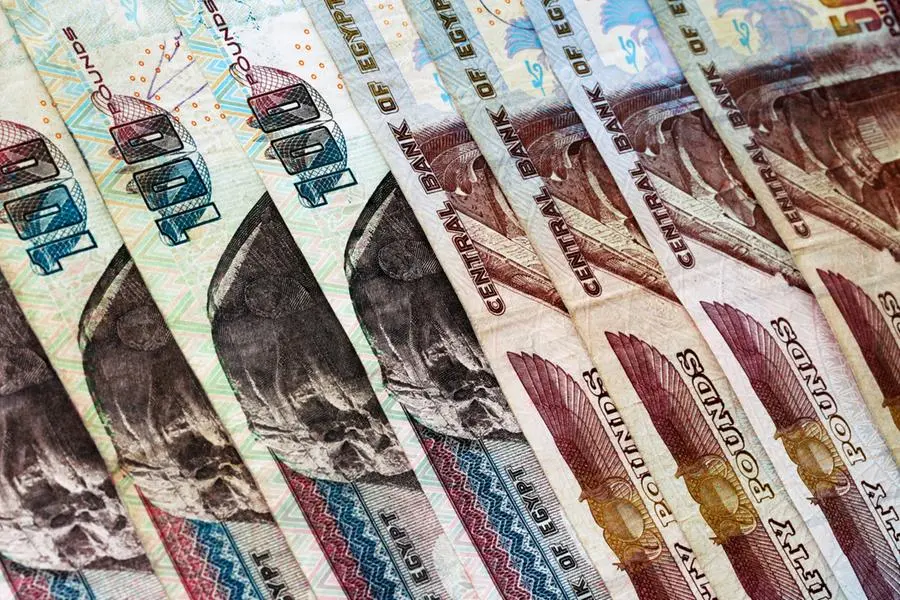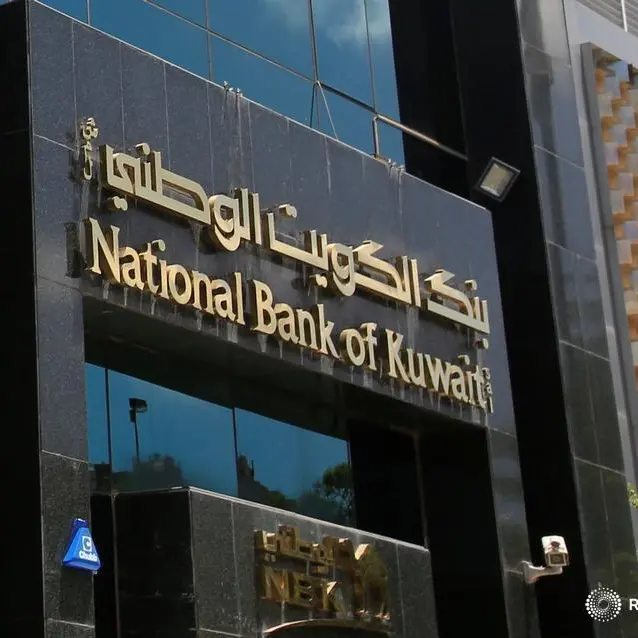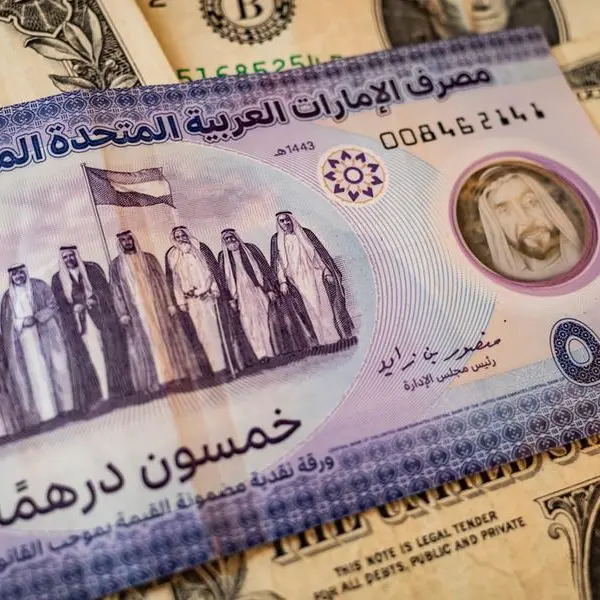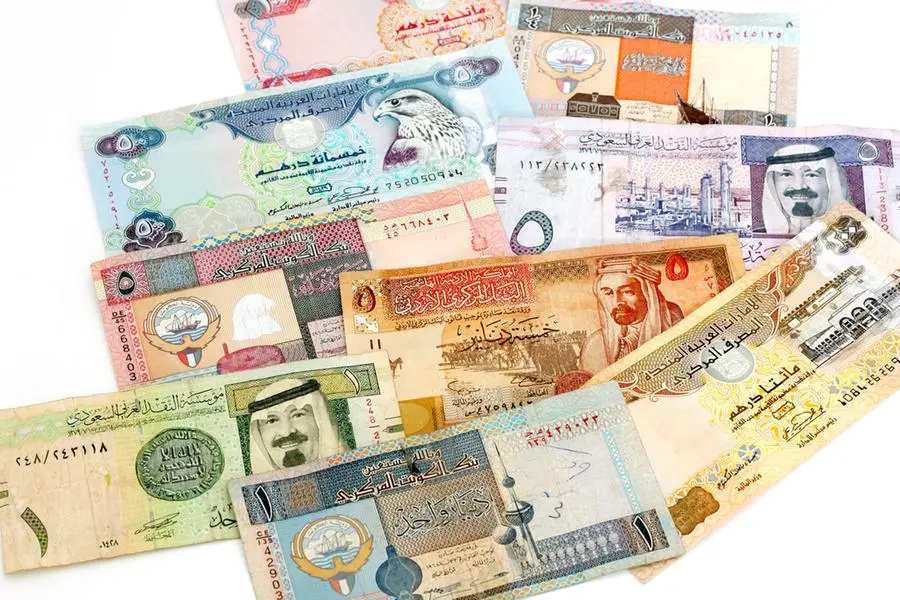PHOTO
Egyptian Pounds background. Image Courtesy: Getty Images
As Egypt's targeted asset sales stall, currency depreciation pressures will continue to persist as the drawdown in foreign exchange liquidity resumed in January and February after reversing course over the year-end, according to Moody's Investors Service.
This adds downside risks to Egypt's debt affordability and debt sustainability profile.
The rating agency said progress with Egypt's (B3 stable) asset sale strategy--a key element of the $3 billion 46-month IMF Extended Arrangement concluded on 16 December 2022 aimed
at supporting foreign-currency liquidity--has been slower than anticipated.
The IMF's quantitative performance criteria target an improvement in the economy's net international reserves by $6 billion to about $23 billion in June from about $17 billion in March.
The agency calculated the net international reserves by subtracting the central bank's net foreign liability position at about $9 billion as of March from the economy's liquid foreign exchange reserves at $26.5 billion in March.
"The targeted adjustment under the IMF program is thus equivalent to a reversal in the central bank's net foreign liability position by $6 billion over the next three months, reducing it to about $3 billion by June."
The inability to improve the central bank's net foreign liability position and liquid foreign exchange reserves will continue to weigh on external liquidity, it said.
The government had targeted asset sales raising $2 billion by the end of this fiscal year (June 2023), and another $4.6 billion in fiscal 2024. However, progress has been limited, held back by expectations of a further devaluation of the Egyptian pound and by indications of resistance from the side of vested interests.
"In addition, traditional investors from the Gulf Cooperation Council (GCC) have attached more onerous conditions for financial support in the future."
(Reporting by Brinda Darasha; editing by Seban Scaria)























